Infectious Disease Roundup: 1/28/2025
Medicaid Portals Down in The United States, Foreign Medical Aid Halted and Why It Matters, Highest Number of Influenza strain Yamagata B detected since March 2020
Hello? Medicaid, are you still there?
As of this writing the Trump signed federal funding freeze has shut down Medicaid portals in all 50 states in the United States.
Update: As of 5:32 pm ET The Hill is reporting that Medicaid has come back online for most states though some are reporting that it is not functioning correctly.
Medicaid is the primary form of health care for over 90 million Americans (as of 2023) according to KFF.org a non-profit, independent source for health policy research, polling, and news. Read “10 Things to Know About Medicaid” here. In their most recent poll (2025) they found that Medicaid is viewed favorably by a majority of both Republicans and Democrats.
Also, Medicaid recipients make up between 10-34% of any given states population.
Additionally, 66% of US adults have some connection to Medicaid while 59% have at some point in their lives been insured by Medicaid.
Per a KFF 2021 survey, a significant proportion of children (39%) low income children (81%), low income adults (46%), and non-elderly people with disabilities (43%) are on Medicaid.
The full KFF.org survey on Medicaid can be read here.
While the Medicaid system is down doctors and hospitals will not be paid for services covered by and treatment of patients with Medicaid.
Earlier in the day the White House Press secretary was unable to shed light on if the Medicaid portal would be re-opened, some news agencies are now reporting that the White House says it will be back up soon.
About an hour ago, CNBC reported that “The White House spokesperson Karoline Leavitt said she expected the systems to “be back online shortly” without any effect on payments.
Also today, a federal judge in Washington DC ordered the Trump administration not to block "open awards," or funds that were already slated to be disbursed until February 3rd. More about this can be read here.
It is unclear how programs already shut down by these executive directives will be impacted as the judge indicated the order was meant to maintain the current status quo and not to require the restart funding programs that have already been shut down.
But if Medicaid does not come back online we can expect nothing short of chaos in the public and private health care sectors.
The Chickens (HIV) Will Come Home To Roost
One program that has been shut down is PEPFAR (United States President's Emergency Plan for AIDS Relief), started by George W. Bush in 2003. The US government’s website on PEPFAR has also been removed but can be found using the “wayback machine”. Here is PEPFAR data as of January 4th, 2025.
People may debate who should pay for a program like PEPFAR, but it’s impact in global health and safety is tremendous. PEPFAR provided HIV treatment for about 20 million people last year and about 550,000 children world wide. PEPFAR also provides HIV/AIDS education and inexpensive prevention measures.
Immediate loss of a program like PEPFAR with no warning will initiate a cascade of AIDS flares (leading to people being more contagious), death, and will certainly increase the spread of HIV throughout the world.
Loss of PEPFAR may not impact us here in the United States this month, or next, but it will have global repercussions for decades to come. If a substitute program is not put in place, I expect an explosion of HIV infections in places where PEPFAR was in place (2025) followed by a slow but steady ramp up in the rest of the world over the next 3 to 5 years until we hit a crisis point in health care.
Additionally this will threaten blood supplies for surgeries and emergency transfusions and will likely cost the United States trillions in additional health care costs over the next 10 years if another program to control the HIV/AIDS epidemic is not introduced.
According to a STAT news article published today: “More than 200,000 people are estimated to pick up supplies of antiretroviral therapy — which they typically receive in courses of 30 days, 3 months, or 6 months — every day. PEPFAR also supports HIV research, education, and testing.”
In an especially cruel twist, the people in charge of distributing these life-saving medications were told to stop all distribution of the drugs even if they’re paid for and sitting right there in their office.
Regardless of how one feels about the end of this program, for aid workers to have to tell people “No.” while standing a few feet away from life-saving medication, already paid for, is incredibly cruel and wasteful of spent tax dollars.
In the United States, targeted public health programs and distribution of medications such as PREP through non-profit organizations have reduced the spread of HIV/AIDS. Today there are still about 31,800 new infections annually and 1.2 million people in the United States living with HIV. An estimated 13% of people with HIV do not know they have it. Younger people who did not live through the HIV/AIDS pandemic of the 1980s may not be as aware of it’s dangers and as of 2022 people under 35 years old account for 56% of new HIV diagnoses. More about HIV statistics in the United States can be found here.
We Dropped it from our Vaccines, But Could Influenza B (Yamagata) Come Back?
Since March of 2020 Influenza strain Yamagata B had all but disappeared. Social distancing and improved personal hygiene wiped this strain of influenza off the map.
Because no significant amount of the Yamagata strain was found through influenza surveillance systems, our CDC approved the removal of Yamagata B from the annual influenza vaccine given in the United States, dropping it from a quad-valent vaccine to a tri-valent vaccine.
In reviewing the World Health Organization’s Influenza Laboratory Surveillance Information data I noticed that Yamagata B might be back with the most detections since March of 2020 reported the week of December 30th, 2024.
It is small, a measly 4 positive tests from France (yellow bar, far right). However, we have to remember that only a fraction of the tested cases are ever sent for subtype sequencing. In that same week 5,390 influenza B cases were picked up in the surveillance program that were not subtyped.
All of this to say that I hope our FDA and CDC are allowed to keep a close eye on these numbers and if necessary consider adding back the Influenza B Yamagata strain to our annual influenza vaccine.
Given everything else going on with influenza at the moment if adding back influenza B Yamagata to our vaccines is the biggest concern next year, I’d call that a win.
Parting Note
Finally, if you’re like me, it’s Tuesday and this week has felt a millennia long. So if you’re one of those people rooting for the asteroid, I have a bit of news for you. Today scientists moved the doomsday clock one second closer to midnight, echoing how many of us in the world may feel right now. It’s a bit rough out there, make sure to take care of yourself and each other.






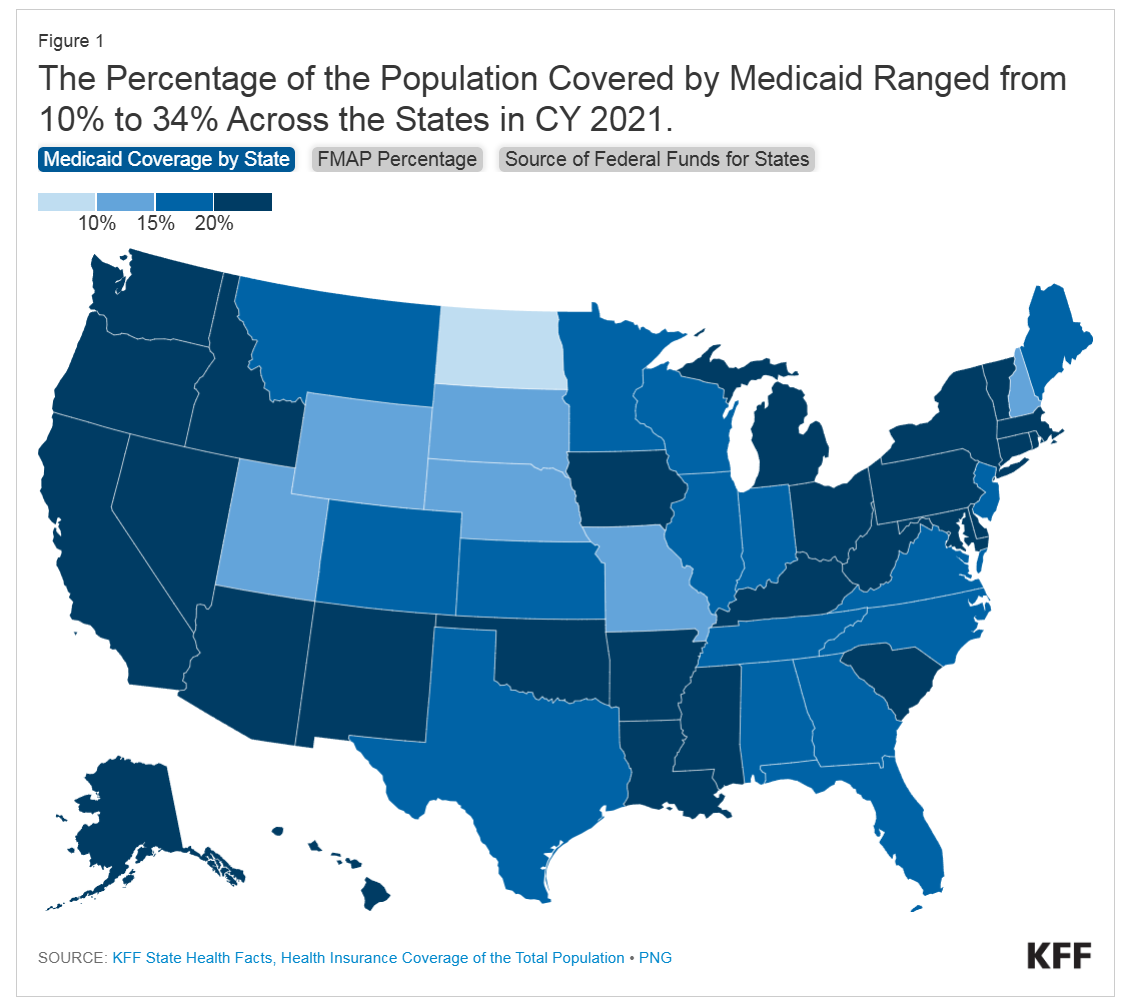
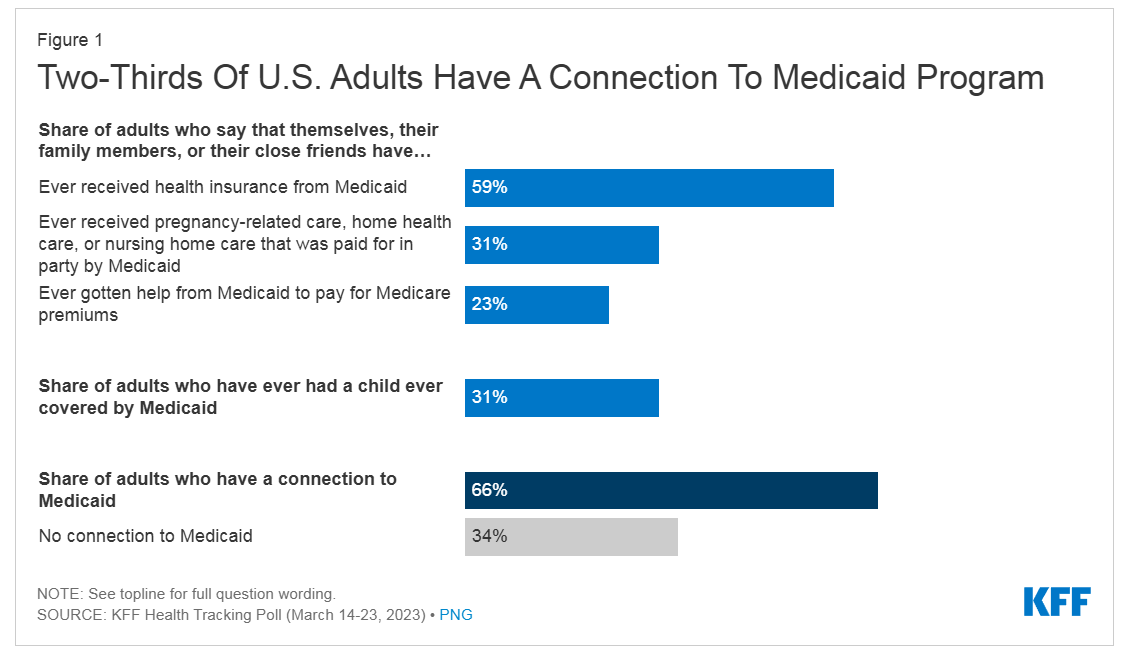
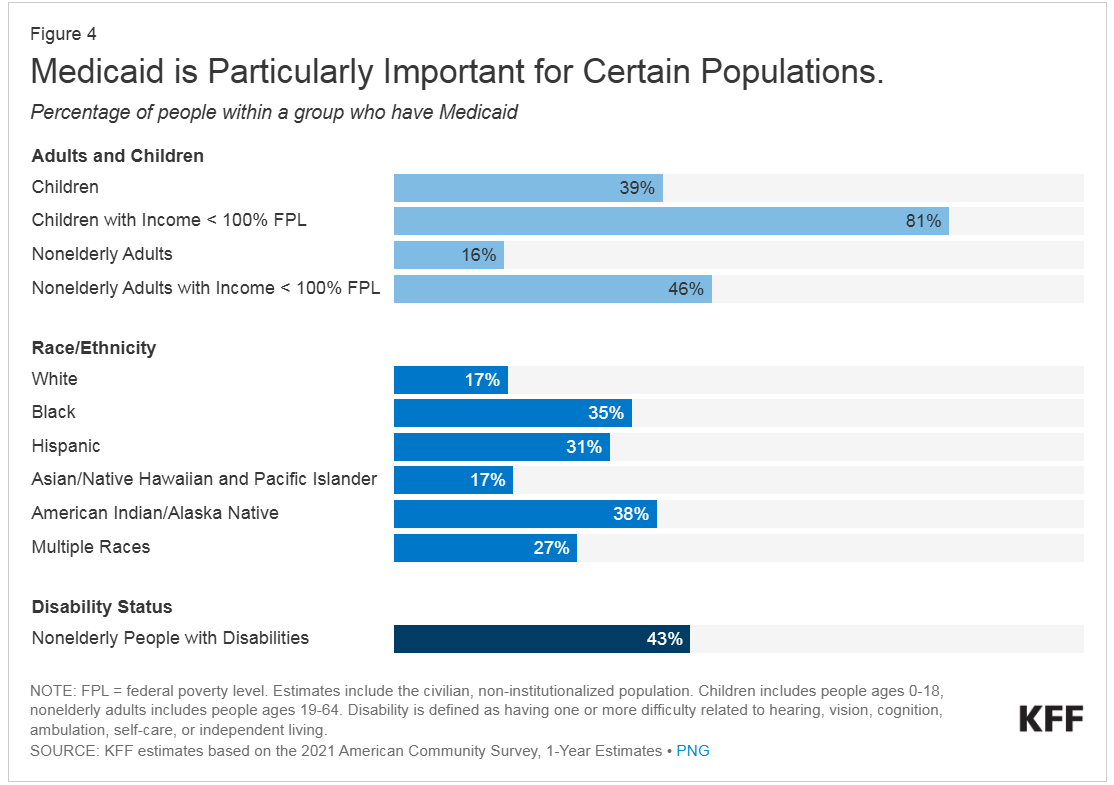
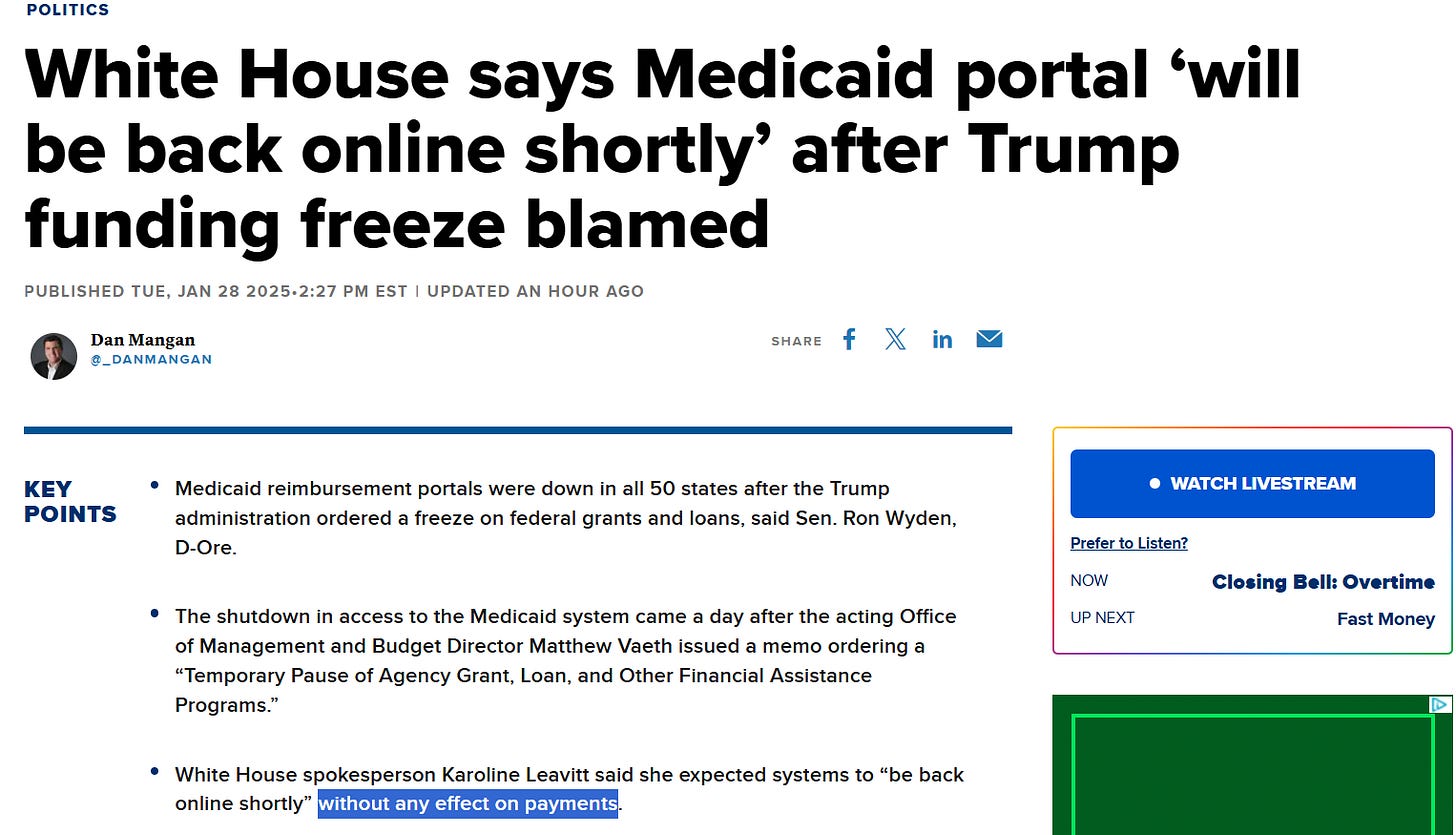
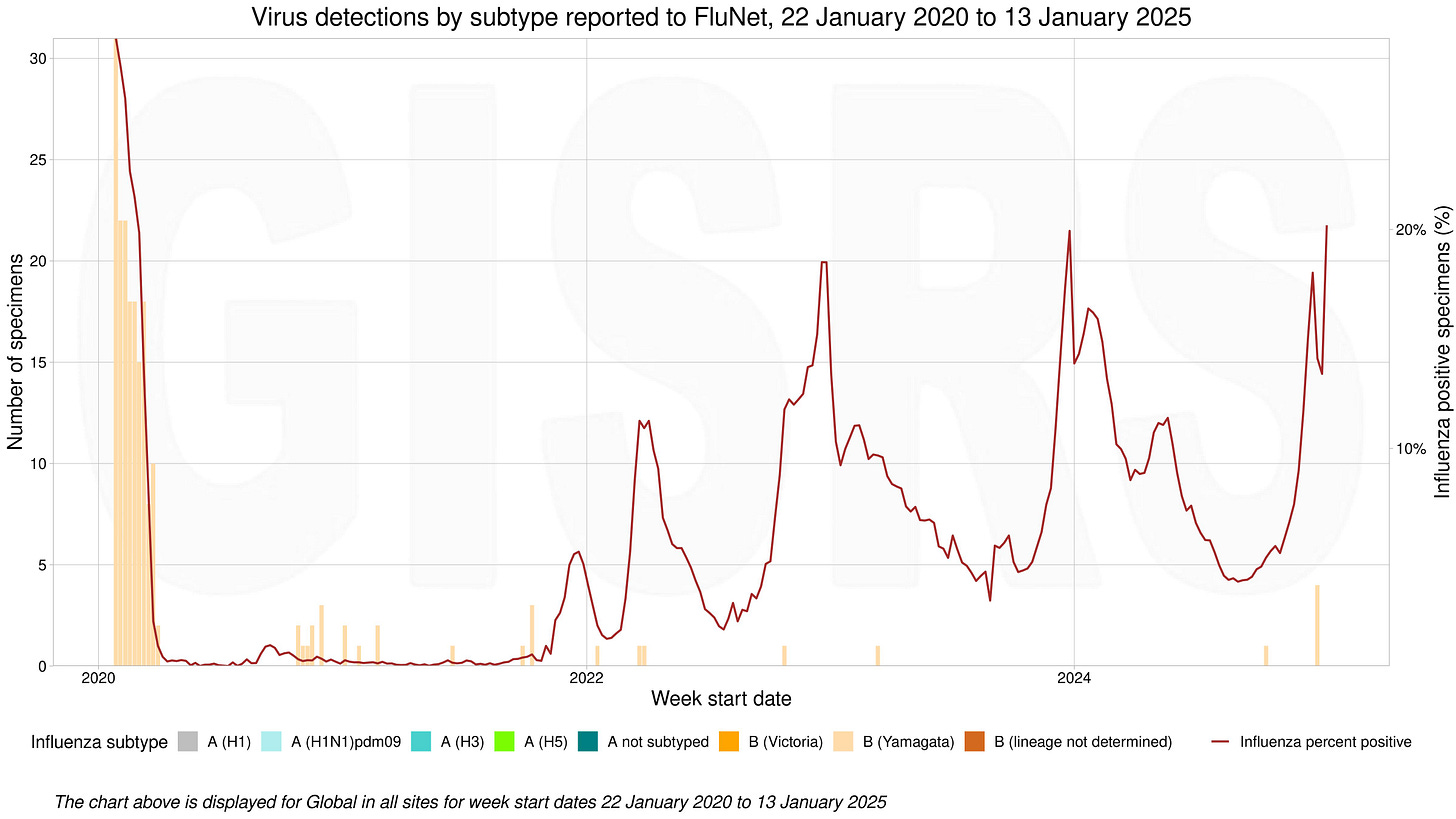
Thank you for your time in putting this together. It’s so very appreciated!
I just wanted to thank you for this. It's been incredibly informative and helpful <3